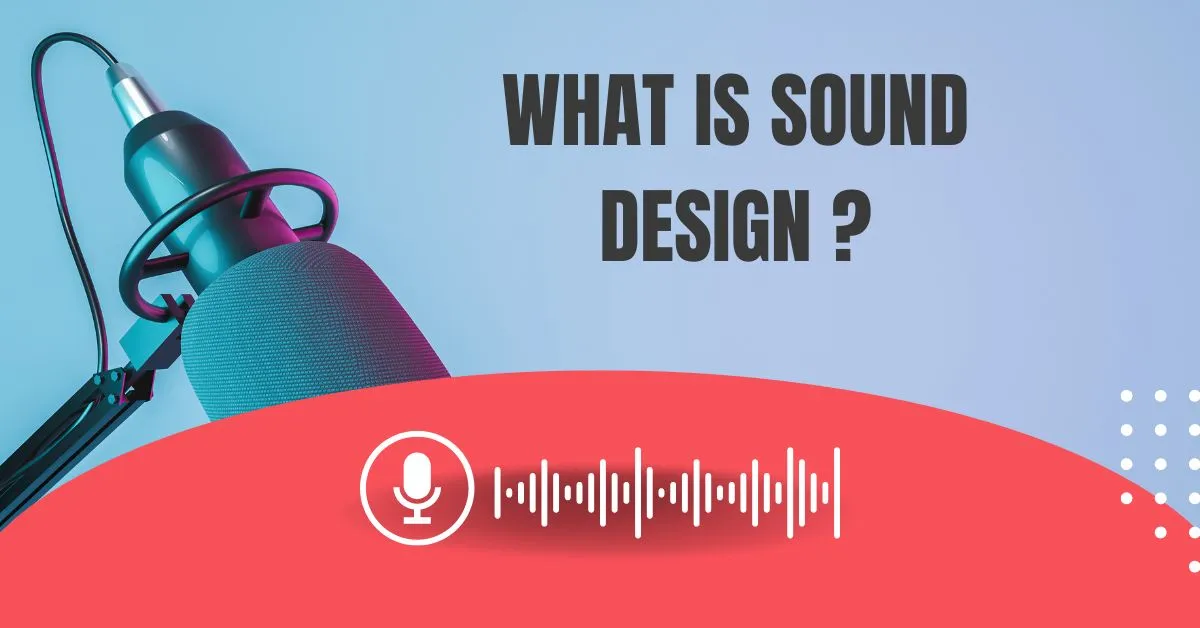


02, June 2023
Have you ever wondered how movies come alive with realistic sounds, how video games immerse you in their virtual worlds, or how theater performances transport you to different times and places? The answer lies in the art of sound design. In this blog post, we'll demystify the concept of sound design and explore its role in creating captivating auditory experiences across various mediums. Whether you're a curious enthusiast or aspiring sound designer, let's embark on a journey to uncover the fascinating world of sound design.
At its core, sound design is the process of creating, manipulating, and integrating audio elements to enhance storytelling and create immersive experiences. It involves carefully selecting and crafting sounds that evoke specific emotions, emphasize key moments, and bring depth and realism to visual media, games, live performances, and more. Sound designers collaborate closely with directors, producers, and other creative professionals to ensure that the audio complements and enhances the overall experience.
To understand sound design better, it's essential to explore its key elements. These include:
Sound design plays a crucial role in our overall media experience. It has the power to evoke emotions, create suspense, build tension, and immerse audiences in a different world. When executed effectively, sound design can transport viewers or players, enhancing their engagement and creating a memorable and transformative experience.
Sound design is a meticulous and collaborative process that involves several stages, including:
Sound design is often an overlooked aspect of multimedia production, but its impact is undeniable. It enhances storytelling, evokes emotions, adds realism, and provides a richer and more immersive experience for the audience. Whether it's a film, video game, theater performance, or any other form of multimedia, sound design plays a crucial role in elevating the overall quality and impact of the project.
Sound design is a captivating art form that breathes life into visual media, gaming experiences, and live performances. From the selection of sound effects to the crafting of a powerful score, sound designers are the magicians behind the scenes, creating auditory worlds that captivate and engage audiences. By understanding the elements, process, and impact of sound design, we gain a deeper appreciation for the intricate and vital role it plays in the multimedia landscape. So, next time you watch a movie or play a video game, take a moment to appreciate the artistry of sound design and its contribution to your immersive experience.